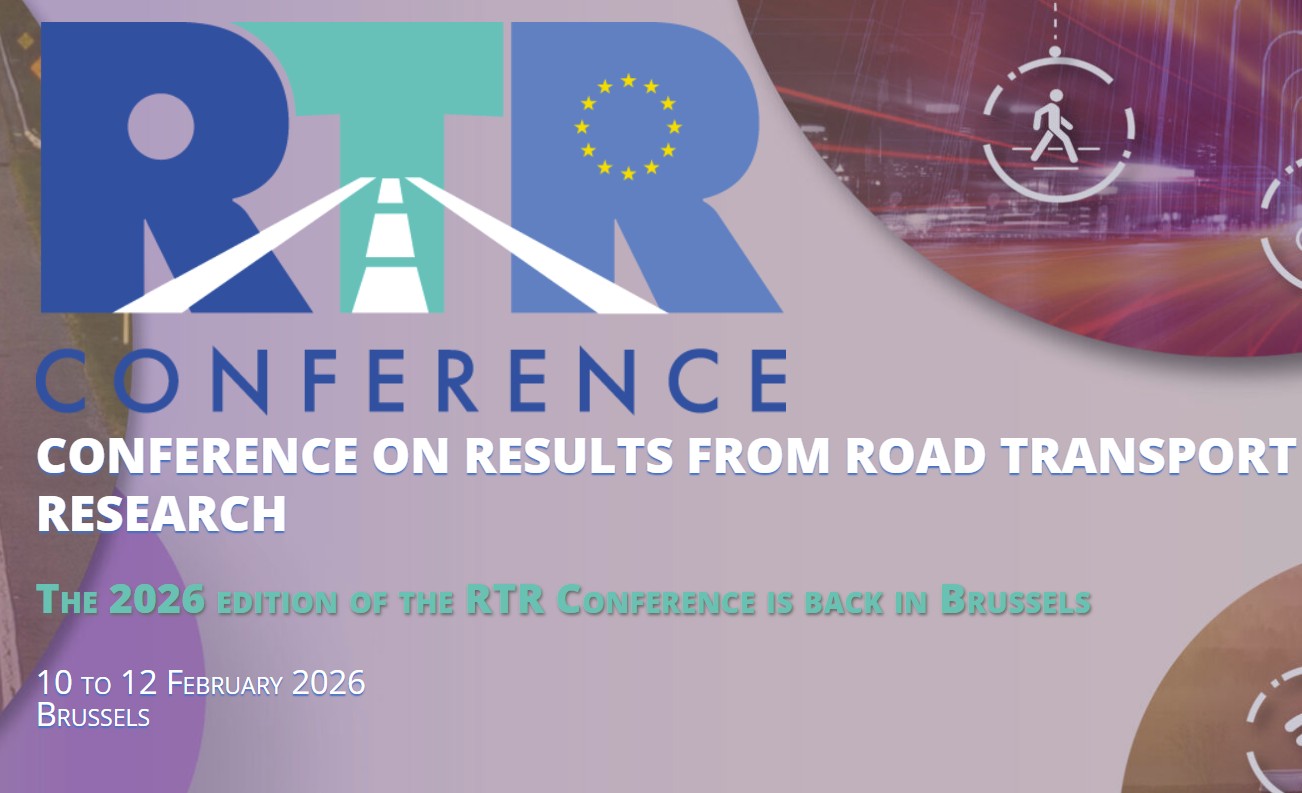
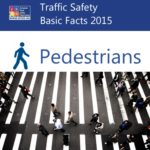
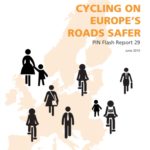

A Workshop on Observation and Modelling of Pedestrian Behaviour in Urban Areas organised by the National Technical University of Athens (NTUA) and the French Institute of Science and Technology for Transport, Development and Networks (IFSTTAR) took place with great success in Marne-la-Valée – Paris, on 4 May 2015, within the framework of the Post Doctoral research project “PEDMOD- Models of pedestrian behaviour and safety” of NTUA Research Associate Dr. Eleonora Papadimitriou. The objective of the Workshop was the analysis of the state of the art on pedestrian behaviour observation and modelling, through the exchange of experiences in implementing meaningful pedestrian behaviour measurements, testing novel methodologies to explore pedestrian strategies, choices and behavioural patterns, and developing flexible and robust models to predict and understand pedestrian walking and crossing behaviour in urban areas. ![]()
All presentations are now available:
![]() The PEDMOD research project – Overview (George Yannis – NTUA)
The PEDMOD research project – Overview (George Yannis – NTUA)
![]() Analysis of pedestrian trajectories: behavioural patterns and individual practices (Sylvain Lassarre – IFSTTAR)
Analysis of pedestrian trajectories: behavioural patterns and individual practices (Sylvain Lassarre – IFSTTAR)
![]() Integration of human factors in pedestrian crossing choice models (Eleonora Papadimitriou – NTUA)
Integration of human factors in pedestrian crossing choice models (Eleonora Papadimitriou – NTUA)
![]() Methods for observing pedestrian behaviour: ethologic observation and declared questionnaire (Marie-Axelle Granié – IFSTTAR)
Methods for observing pedestrian behaviour: ethologic observation and declared questionnaire (Marie-Axelle Granié – IFSTTAR)
![]() Observation of children pedestrian behaviours – the ESSAIM project (Marie-Soleil Cloutier – INRS)
Observation of children pedestrian behaviours – the ESSAIM project (Marie-Soleil Cloutier – INRS)
![]() Pedestrian trajectories in stations (Zoi Christoforou & Pierre Argoul – LVMT/ENPC)
Pedestrian trajectories in stations (Zoi Christoforou & Pierre Argoul – LVMT/ENPC)
![]() Pedestrian behaviour through experimental studies on street-crossing simulator (Aurelie Dommes – IFSTTAR)
Pedestrian behaviour through experimental studies on street-crossing simulator (Aurelie Dommes – IFSTTAR)
![]() Modelling for the pedestrians simulation (Jean-Michel Auberlet – IFSTTAR)
Modelling for the pedestrians simulation (Jean-Michel Auberlet – IFSTTAR)


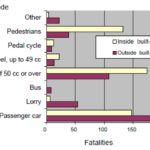


The International Conference ‘Living and Walking in Cities’, organised by the Università degli Studi di Brescia and the Friendly City Study Center (CeSCAm) took place on 13-14 June in Brescia, with the participation of more than 100 experts in the fields. Twenty years after the first Road Safety Forum, held in Brescia in June 1993, the Conference came back to the issues relating to the vulnerable users’ road safety. CeSCAm Director, Professor Roberto Busi stated that there is an urgent need to incorporate mobility and safety needs of walking and cycling in the continuous urban planning process. ![]()
NTUA Professor George Yannis presented the “State of the Art on Road Safety“, highlighting basic facts on urban road safety, the needs for road safety knowledge, the key road safety research priorities and the fundamental urban road safety choices to be made by citizens and Authorities in the European cities. ![]()
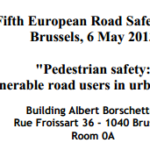
During the 5th European Road Safety Day on May 6th, 2013 organised by the European Commission, a conference dedicated to reducing pedestrian fatalities in urban areas was held in Brussels. Commission Vice-President Siim Kallas said: “The EU has an outstanding road safety record in global comparison. But every death is one too many. Pedestrians and cyclists are facing the biggest risks in urban areas. And these risks are likely to increase rather than decrease with ever rising traffic volumes in our growing cities. This is why we are addressing this issue pro-actively on the occasion of the European Road Safety Day and the UN Global Road Safety Week“. ![]()
At this Conference, the Commission’s work on several measures specifically linked to the safety of vulnerable road users and urban road safety have been demonstrated together with key presentations by road safety experts and representatives of the major international road-safety organisations.![]()
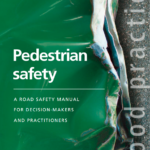
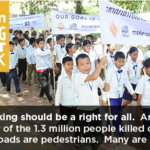

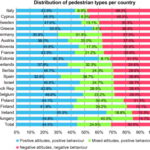
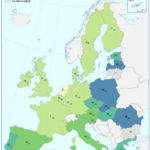
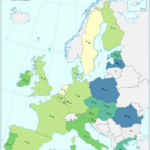
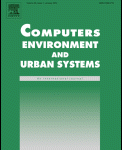
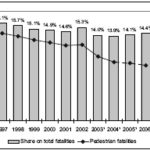
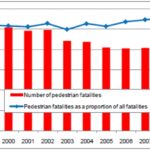
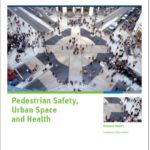
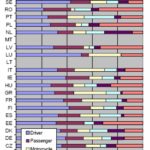
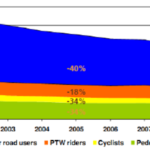

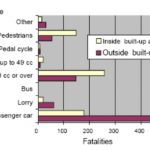
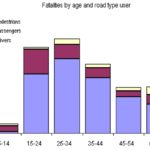


The 12th World Conference on Transport Research was held in Lisbon, Portugal. At the road safety sessions quite a few interesting papers were presented, some of them concerning research carried out by NTUA.![]()
NTUA road safety presentations concerned:
![]()
![]() Modelling Intelligent Speed Adaptation
Modelling Intelligent Speed Adaptation
![]()
![]() Road infrastructure and Safety of Power Two Wheelers
Road infrastructure and Safety of Power Two Wheelers
![]()
![]() Pedestrian gap acceptance for mid-block street crossing
Pedestrian gap acceptance for mid-block street crossing
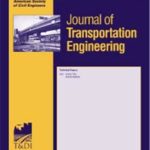
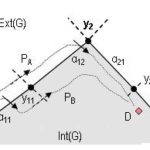
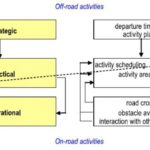


The International Conference Road Safety and Simulation took place in Paris, in October 2010.
NTUA presented ‘About pedestrian safety in Europe – 2009‘. ![]()
![]()
The objective of this research is to create an overall picture of pedestrians’ road safety in European countries, to identify factors associated with increased pedestrian fatality risk, and to propose countermeasures for the improvement of pedestrians road safety in Europe.

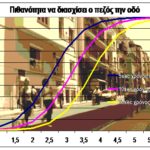
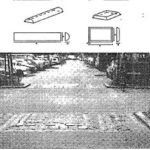
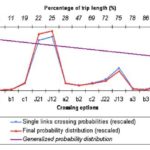
A research titled ‘Modelling crossing behaviour and accident risk of pedestrians’ co-authored by G.Yannis, J.Golias and E.Papadimitriou from NTUA, was published in the Journal of Transportation Engineering in November 2007. A methodology for modeling pedestrians crossing behavior along an urban trip is presented, as well as an algorithm for the estimation of accident risk along the trip. For that purpose, existing models are exploited and further developed. ![]()

A research titled ‘Measuring accident risk exposure for pedestrians in different micro-environments’ co-authored by S.Lassarre, E.Papadimitriou, G.Yannis and J.Golias was published in the Journal Accident Analysis and Prevention in November 2007. A model of pedestrians’ crossing behaviour along a trip is developed, based on a hierarchical choice between junctions and mid-block locations and taking account of origin and destination, traffic characteristics and pedestrian facilities. A complete framework is produced for modelling pedestrians’ exposure in the light of their crossing behaviour. The feasibility of this approach is demonstrated on an artificial network and a first set of results is obtained from the validation of the models in observational studies. ![]()

A Diploma Thesis titled ‘Correlation of pedestrian safety impact parameters’ was presented by Marianna Aggelidaki and Manos Vernandos in July 2006. The use of log-linear analysis was chosen and applied for the statistical analysis of data from roadaccidents involving pedestrians for the period 1996 – 2003 in Greece. The results of the analysis suggested that children under 15 years old and elderly over66 years old appear to have higher probabilities of fatal injury, while no relationship wasproved between the probability of fatal injury, gender and nationality of the pedestrian. ![]()
![]()
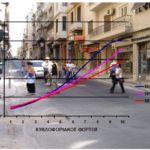
A Diploma Thesis titled ‘Investigation of pedestrian behavior in crossing an urban road section’ was presented by Kostantinos Makris in July 2004. The models used are Multinomial Logit Model, Discrete Choice Model and Nested Logit Model. The Nested Logit Model is the most appropriate for the description of pedestrian behavior, the application of which has led to the identification of the parameters’ impacts on the pedestrian choice.![]()
![]()



































































































































































